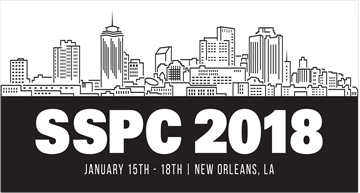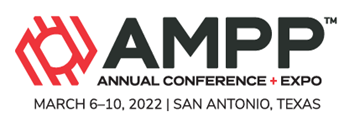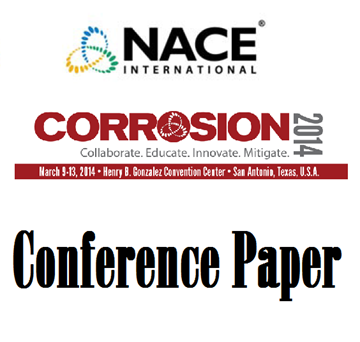Search
Products tagged with 'galvanizing'
View as
Sort by
Display
per page
06318 EXPECTED SERVICE LIFE AND COST CONSIDERATIONS FOR MAINTENANCE AND NEW CONSTRUCTION PROTECTIVE COATING WORK
Product Number:
51300-06318-SG
ISBN:
06318 2006 CP
Publication Date:
2006
$20.00
51318-10673-Expected Service Life and Cost Considerations for Maintenance and New Construction Protective Coating Work
Product Number:
51318-10673-SG
Publication Date:
2018
$20.00
ASSESSMENT OF NOVEL COATINGS IN COMPARISON TO CONVENTIONAL ZINC-RICH COATING FOR BRIDGE APPLICATION
Product Number:
51218-105-SG
Publication Date:
2018
$20.00
Combining Thermal Spray Zinc And Hot-Dip Galvanizing To Achieve An All Metallic Zinc Coating System
Product Number:
51322-18207-SG
Publication Date:
2022
$20.00
EXPECTED SERVICE LIFE AND COST CONSIDERATIONS FOR MAINTENANCE AND NEW CONSTRUCTION PROTECTIVE COATIN
Product Number:
51314-4088-SG
ISBN:
4088 2014 CP
Publication Date:
2014
$0.00
Expected Service Life And Cost Considerations For Maintenance And New Construction Protective Coating Work
Product Number:
51322-17616-SG
Publication Date:
2022
$20.00
Expected Service Life and Cost Considerations for Maintenance and New Construction Protective Coating Work
Product Number:
51324-20960-SG
Publication Date:
2024
$40.00
Forgotten Phenomenon: Corrosion of Galvanized Piping Underground
Product Number:
51324-20595-SG
Publication Date:
2024
$40.00
Liquid Metal Embrittlement in the Refining Industry – Case Histories and Common Prevention Practices
Product Number:
51323-18903-SG
Publication Date:
2023
$20.00
NACE SP0415-2015/IEEE Std 1895-SG, NACE International and IEEE Joint Standard Practice for Below-Grade Inspection and Assessment of Corrosion on Steel Transmission, Distribution, and Substation Structures
Product Number:
21189-SG
ISBN:
1-57590-311-3
Publication Date:
2015
$109.00
Painting Over Galvanizing Successfully by Using SSPC- Guide 19
Product Number:
41216-974-SG
Publication Date:
2016
$20.00
- 1
- 2












